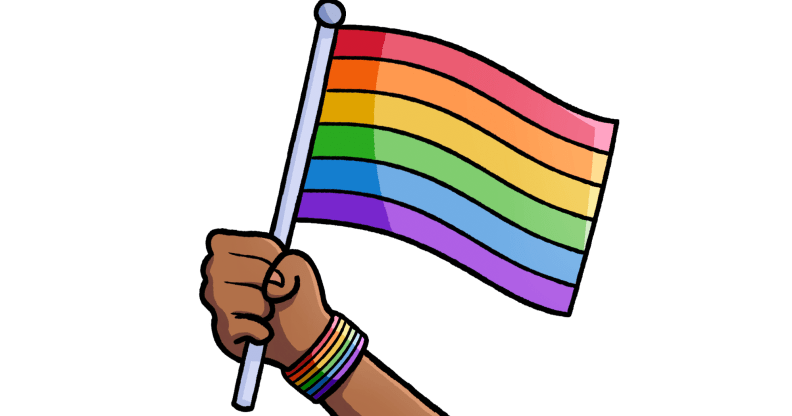Report: Gay Iranians pressured into gender reassignment by doctors

Gay Iranians are being pressured into gender reassignment treatments due to the country’s draconian ban on same-sex relationships, doctors in the country have said.
A BBC documentary has revealed many gay Iranians end up fleeing the country in order to avoid the practice.
Iran reportedly carries out more gender reassignment operations than any other nation in the world except for Thailand, although the numbers cannot be independently verified.
Khabaronline, a pro-government news agency, reports the numbers rising from 170 in 2006 to 370 in 2010. But one doctor from an Iranian hospital told the BBC that he alone carries out more than 200 such operations every year.
In the 1980’s the founder of the Islamic Republic, Ayatollah Khomeini, issued a fatwa allowing gender reassignment surgery – apparently after being moved by a meeting with a woman who said she was trapped in a man’s body.
Iranians that wish to undergo surgery must apply to the courts for a permit that is signed off by the state medical office.
It’s not official government policy to force gay men or women to undergo gender reassignment but a report by the Safra Project in 2004 noted how “there is a risk that people involved in homosexual relationships who may not be transgender, are pressured into undergoing a sex-change operation in order to avoid being ‘illegal’.”
Supporters of the government’s policy argue that transgender Iranians are given help to lead fulfilling lives, and have more freedom than in many other countries. But the concern is that gender reassignment surgery is being offered to people who are not transgender, but gay, and may lack the information to know the difference.
Shabnam, a psychologist at a state-run clinic, claims gay people are being pushed towards surgery and that doctors are telling them they are “sick” and need treatment.
Shabnam said the authorities “do not know the difference between identity and sexuality”.
“They show how easy it can be,” the psychologist said of state medical officials. “They promise to give you legal documents and, even before the surgery, permission to walk in the street wearing whatever you like. They promise to give you a loan to pay for the surgery.”
Donya, a 33-year-old lesbian, fled Iran to Turkey and then Canada, where she was granted asylum with her young son.
Police in Iran repeatedly told her: “Go and change your gender.”
“I was under so much pressure that I wanted to change my gender as soon as possible,” she said.
“I didn’t have easy access to the internet – lots of websites are blocked. I started to research with the help of some friends who were in Sweden and Norway”.
She added: “I got to know myself better… I accepted that I was a lesbian and I was happy with that.”
Same-sex sexual activity is a crime punishable by imprisonment, corporal punishment, or in some cases even execution in Iran.
Gay men have faced stricter enforcement actions under the law than lesbians.
Although executions for LGBT people are uncommon, they do happen.
In September 2011, Amnesty International documented the cases of three men identified only by their initials who were reported to have been executed in Karoun Prison, Ahvaz, Khuzestan province, after they were convicted of “sodomy”.
Confirming executions of gay men and women inside Iran is notoriously difficult. Prosecutors often give little information about the killings and because of the cultural stigma attached to same-sex relationships few families are willing to publicly come forward with details about whether their loved ones were executed for their sexual behaviour.
Iranian officials have often presented such cases as rape, in order to make the execution more acceptable and to avoid too much international attention, the NGO Iran Human Rights has previously noted.

